Hazard Identification and Risk Assessment
Enhance operational efficiency and foster a culture of safety within your business. At Wire Consultancy, we specialize in comprehensive Hazard Identification and Risk Assessment services to help businesses identify and mitigate potential hazards in their operations. By partnering with us, our clients can achieve a safer work environment, reduce the likelihood of incidents, and protect their employees and assets, and compliance with regulations.
We Strive to Drive
Safety Culture

Trusted by

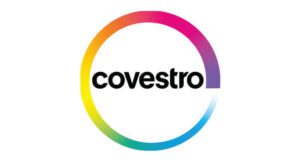
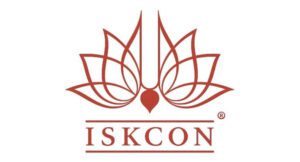
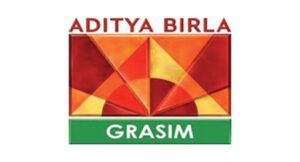
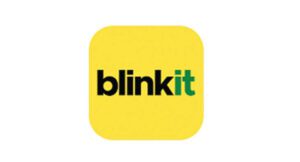
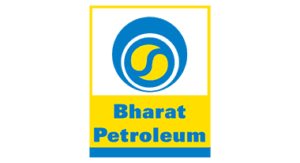

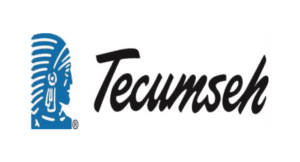


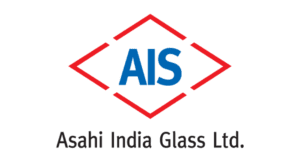

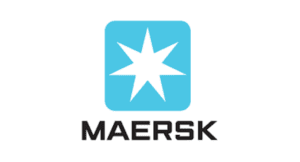
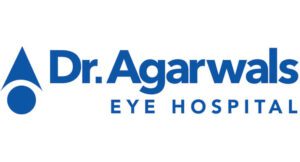
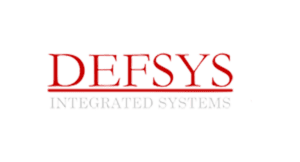
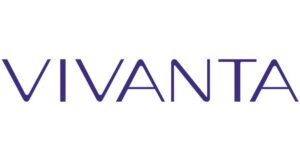
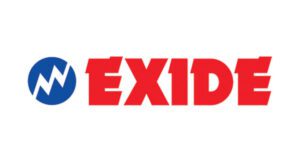
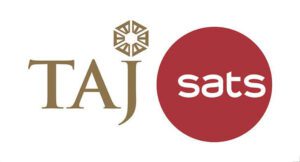
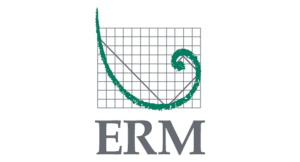
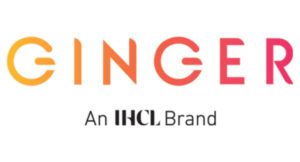


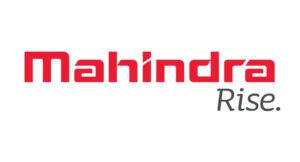
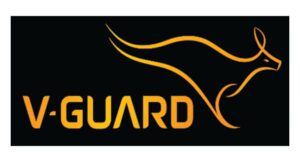
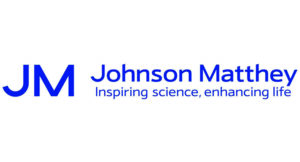
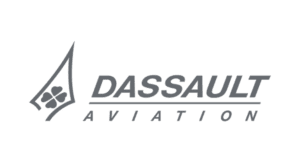
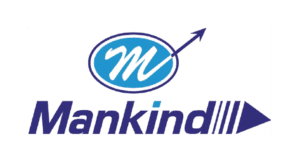


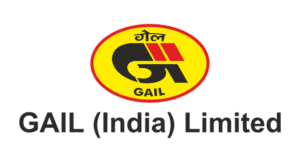

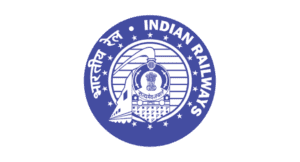
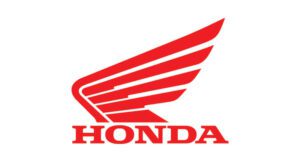
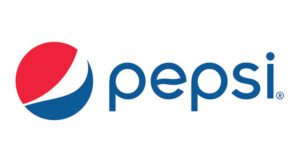
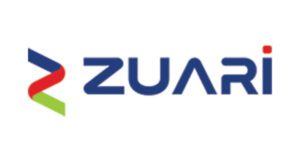
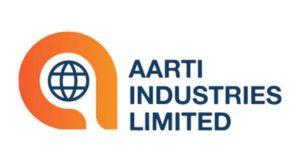

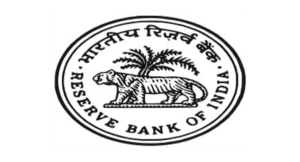
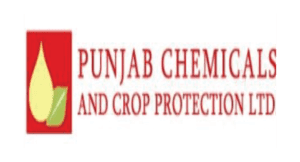

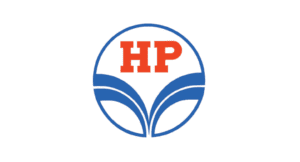
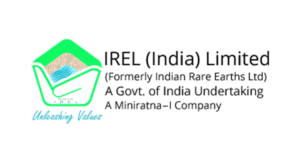
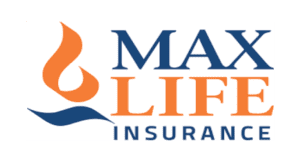
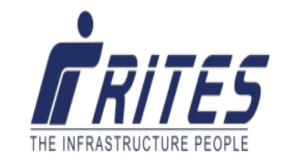
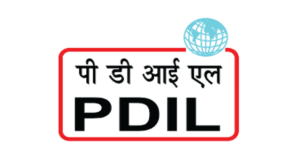


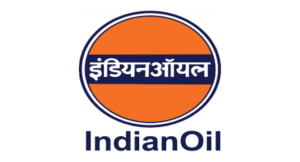
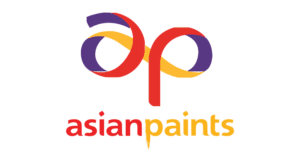
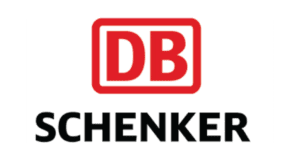


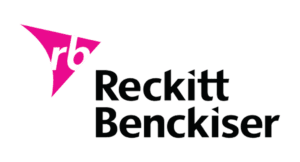
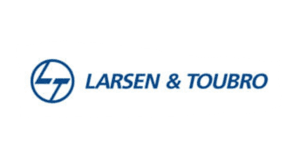
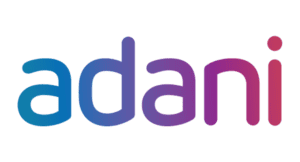
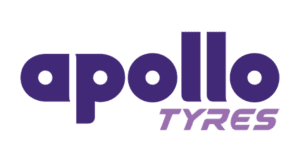



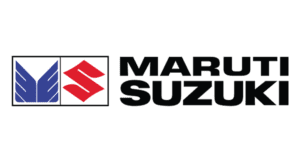
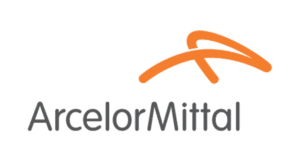

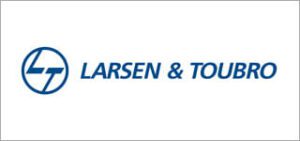
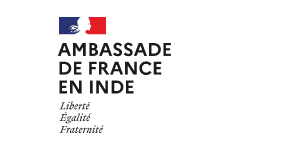
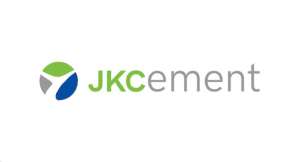
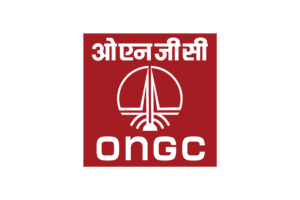
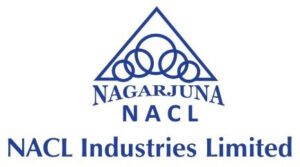



What is Hazard Identification and Risk Assessment (HIRA)?
Hazard Identification and Risk Assessment (HIRA) is a systematic process used to identify potential hazards, assess their likelihood and consequences, and implement measures to manage or mitigate the associated risks like flammable materials or faulty equipment. This process is a fundamental component of various safety management systems, including Process Safety Management (PSM), and is applied across industries to prevent hazards and threats.
Benefits of Hazard Identification and Risk Assessment
- Identifying potential hazards before they occur.
- Reducing workers' compensation claims related to work injuries due to negligence on behalf of management.
- Ensuring compliance with safety regulations set forth by OSHA (Occupational Safety & Health Administration).
Process of Hazard Identification and Risk Assessment
- Hazard Identification: This step involves systematically identifying all possible hazards that could arise within a process, system, or facility. Hazards can include potential sources of danger, such as chemicals, equipment, operations, and external factors. Various techniques are used for hazard identification, such as brainstorming, checklists, process flow diagrams, and more advanced methods like Hazard and Operability Studies (HAZOP) and Failure Modes and Effects Analysis (FMEA).
- Risk Assessment: Once hazards are identified, the next step is to assess the risks associated with each hazard. Risk assessment involves evaluating the likelihood of a hazard occurring and the potential consequences if it does. This often involves assigning numerical values to likelihood and consequence levels, leading to a risk matrix or risk score. Risks are typically categorized as low, medium, or high based on their scores.
- Risk Evaluation: In this step, the assessed risks are evaluated to determine which ones require further action. Risks are usually prioritized based on their severity and likelihood. High-risk hazards that could lead to catastrophic consequences or have a high likelihood of occurrence are given the highest priority for mitigation.
- Risk Control and Mitigation: For high-risk hazards, appropriate control measures are identified and implemented to reduce the risk to an acceptable level. This might involve modifying processes, adding safety features, implementing safeguards, changing procedures, or providing training to personnel. The goal is to reduce the likelihood of the hazard occurring and/or minimize the potential consequences if it does.
- Monitoring and Review: Once risk control measures are in place, ongoing monitoring and periodic reviews are crucial to ensure that the risks remain adequately controlled. As processes, equipment, and conditions change over time, the effectiveness of the control measures should be assessed and adjustments made as necessary.
Hazard Identification and Risk Assessment Standards
The following standards provide methodologies, principles, and guidance for conducting hazard identification and risk assessment across different industries and contexts.
- ISO 31000: This international standard outlines universally applicable principles for managing risks, including HIRA. It serves as a foundational framework for organizations across diverse sectors.
- ISO 12100: Specifically focused on machinery safety, this standard provides detailed procedures for risk assessment during machinery design and construction.
- API RP 750: Renowned in the oil and gas industry, this recommended practice offers comprehensive guidelines for conducting process hazard analyses, a critical component of HIRA in these sectors.
- IEC 61508: This international standard addresses functional safety for electrical/electronic/programmable electronic safety-related systems, including risk assessment methodologies within this context.
- NIST SP 800-30: Dedicated to information technology systems, this guide from the National Institute of Standards and Technology (NIST) in the US provides valuable insights into risk assessment methodologies applicable to these systems.
Choose Wire Consultancy for Hazard Identification and Risk Assessment
Wire Consultancy has empowered organizations across industries to achieve operational excellence and build a safer future through rigorous Hazard Identification and Risk Assessment (HIRA) services. Our diverse team of experienced professionals collaborates closely with you to develop a custom HIRA plan tailored to your unique needs and challenges.
Our experts will identify hazards and assess their risk level based on how likely they are to occur, how serious the consequences could be, and how many people may be exposed. This crucial information lets us implement targeted measures to keep your people and your operations safe.
When You Partner With Us, You'll Get:
- A dedicated technical expert who will guide you through the process of determining your risks and creating a plan for managing them effectively.
- A comprehensive report containing your risk assessment findings and recommendations for improvement, along with actionable next steps for implementation.
Similar Services
Contact
Feel free to contact us for any questions and query
Connecting with Us is Just a Click Away – Let’s Begin Your Project Hassle Free.
Our team of experienced consultants is ready to collaborate with you to achieve your engineering, safety and sustainability goals. Get in touch with us to learn more.
Our Presence
Noida
Office-03, First Floor, D-53, Sector-2,
Noida, Uttar Pradesh-201301, India
Hyderabad
SF-LM-13, Lumbini Jewel Mall
Banjara Hills Road no 2
Hyderabad 500034
For Business Enquiry
Info@wireconsultants.com
+91-9810827158
For HR Enquiry
hr@wireconsultants.com
+91-7827931701
Copyright © 2024 Wire Consultancy | All Rights Reserved
